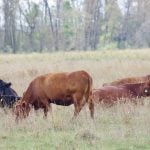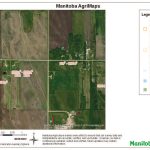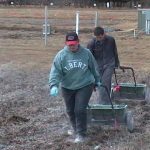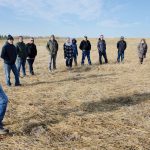
Tag Archives soil health

Making use of soil surveys
How to understand your soil from the bottom up

Long-term plot experiment yields new insights
RESEARCH Ninety-year-old rotations show compounding nature of systemic production changes
When one part of an agricultural system is changed, the effects are frequently found in unexpected places. For example, the earliest no-till farmers were hoping for soil conservation benefits. Research now shows fields in long-term no-till require less fertilizer. Miles Dyck, a University of Alberta soil scientist, provided that information at the Manitoba Agronomists’ Conference
Comment: Provincial soil specialist left lasting mark

Strip till: It’s new, it’s tricky and you can’t ask the neighbours for advice
On paper, strip-till is an excellent way to reduce erosion and improve soil health, but there’s a learning curve

Soil health main focus of cover-croppers
Largest look into practice across Prairies at the farm level shows early adopters satisfied with results

College’s net positive network reels in funding
The project will receive almost $1.7 million over the next five years

Multi-million-dollar fund greenlights soil health projects
Eight projects to push soil health practices will get funding for the next five years

Soil acidity a growing issue
Over time a natural chemical reaction to nitrogen can cause an acidic band to develop

The making of a cover crop mix
How ‘multi-species’ should a multi-species mix get?

Selling the system
Managing with an eye to soil health makes fertile ground for direct marketing


